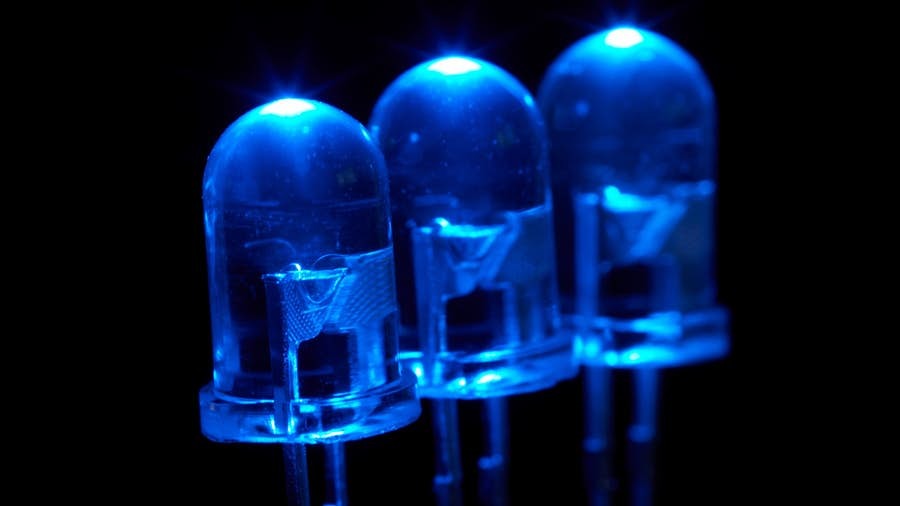Current Limiter: Level 1

LEDs are one of the most important components for electronics hobbyists. Blake is one of them, but he is a novice. Last night he blew up an LED when he connected the LED directly to his battery.
Through some research, he found out that each LED has a recommended maximum voltage and maximum current
Any voltage or current supply above that will damage the LED. That's why a current-limiting resistor is connected in series with the LED. This creates a voltage divider that supplies the recommended voltage and current to the LED.
Now, Blake doesn't want to blow up another of his LEDs.
What should be the resistance of the current-limiting resistor?
This section requires Javascript.
You are seeing this because something didn't load right. We suggest you, (a) try
refreshing the page, (b) enabling javascript if it is disabled on your browser and,
finally, (c)
loading the
non-javascript version of this page
. We're sorry about the hassle.
According to Kirchhoff's Law, voltage in a closed loop should be zero . So, V = R × I m a x + V m a x = > R = I m a x V − V m a x R = 4 4 0 Ω
Now, if the resistance is > 4 4 0 Ω , the current through the circuit should be < 2 0 m A - which is just fine for Blake. That's why the answer is ≥ 4 4 0 Ω
For a detailed explanation, I recommend SparkFun's Tutorial